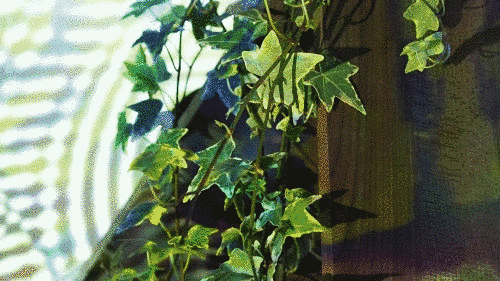From 1st – 29th July I was happy to be selected as an artist in residence for The New Art Gallery Walsall’s Stay at Home Residencies.

In the first blog post I looked at my influences and research carried out before I started making work. In this second blog post I’ll be showing some of the filming I did.
With the research conducted and panic now over I started filming again. I began by filming various things in my home. I tried to focus on shots that would have some movement in them, even if it were only background movement. Because of this most of my shots look out of a window. Although the background is blurred whatever movement there is – be it the trees, people, or lights turning on/off – makes the still shot that little bit more interesting.
Next, I decided to bring out my projector and see what I could do with it. By now my projector is at least seven years old (I originally purchased it for a BYOB event in 2013) and so not only is the projection quality quite poor, there are glitchy lines running through the the projection.
I had thought about making animations to project onto various objects, but I didn’t want to turn this into an animation project. I’ve long used my Glass video when experimenting with projections and I liked how to made any surface it landed on just way more interesting. To replicate this saturation of glitchy colour and movement I installed a copy of waaave_pool onto a Raspberry Pi, connected a webcam to it and pointed the webcam at random surfaces in the room.
Video waves itself is a bit like a video synthesiser, working primarily with webcam video input. With that installed I made some things like this:
I liked these projection experiments most when they were really subtle. I didn’t want the projection to overpower the surface and render it invisible or irrelevant. For example, in one experiment I projected onto cushions, which looked really great but the cushions got lost behind the projections.
I also played with a strip of LED lights I had from a previous project. They can be programmed to to flash quickly but they seemed to work best when they were pulsating slowly, which very much matched the pace of the shots I had filmed so far.
In the next blog post I’ll be detailing how I made sounds for the film and sharing the finished film.